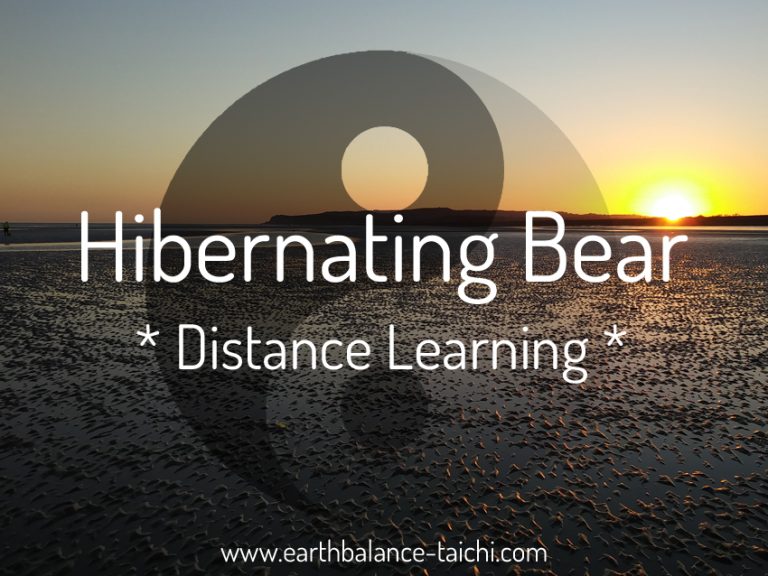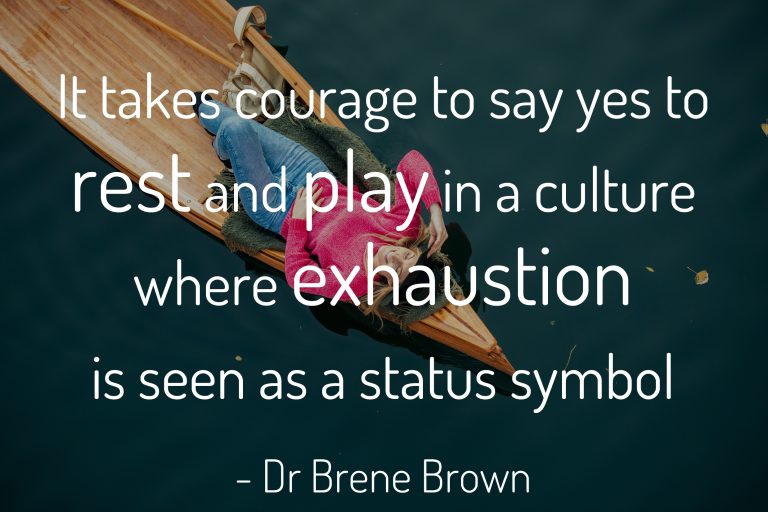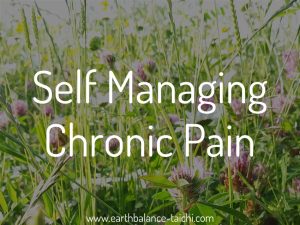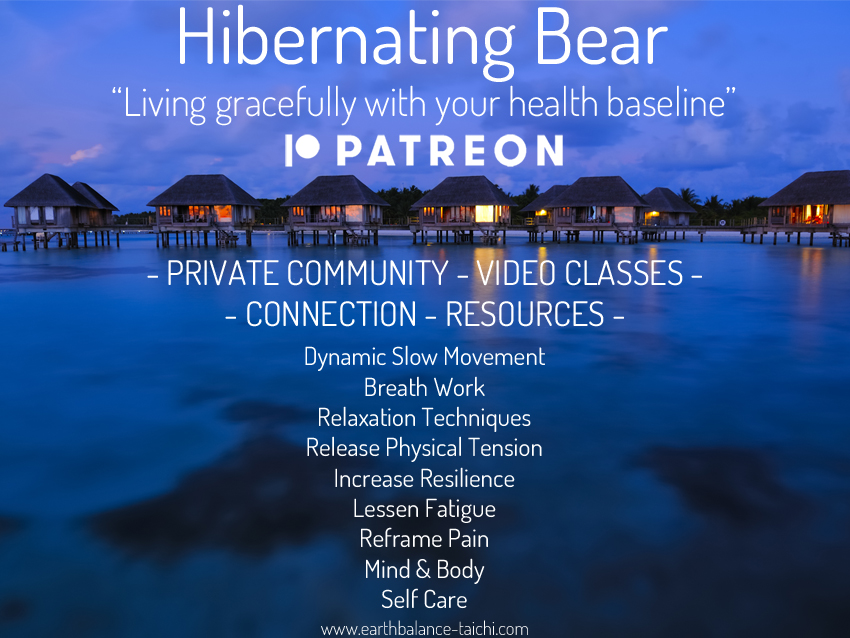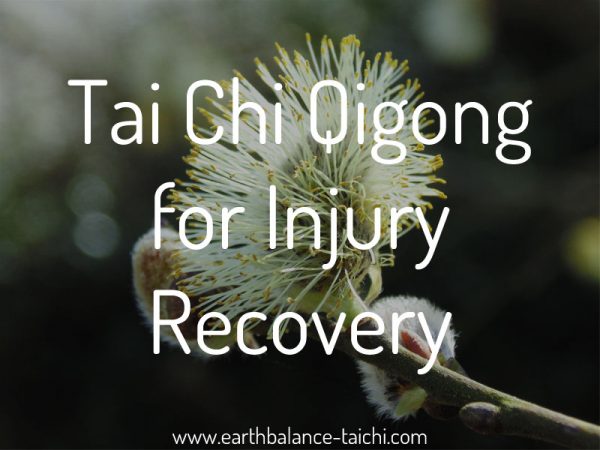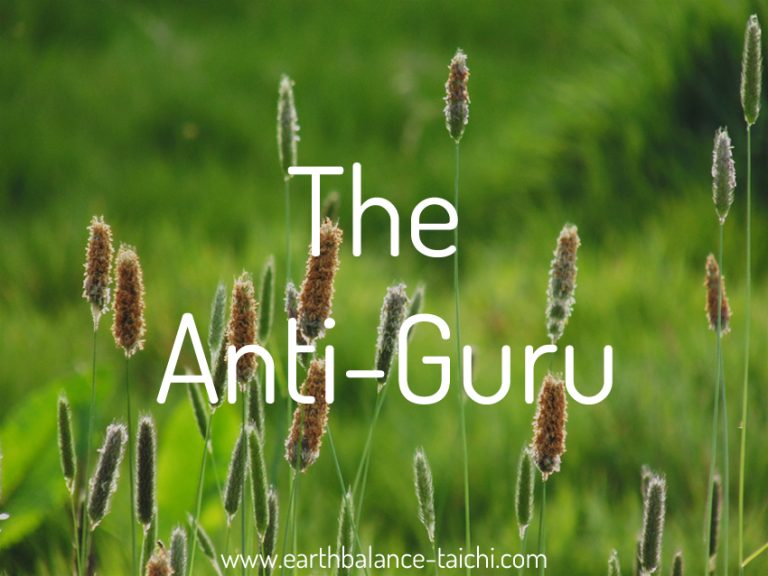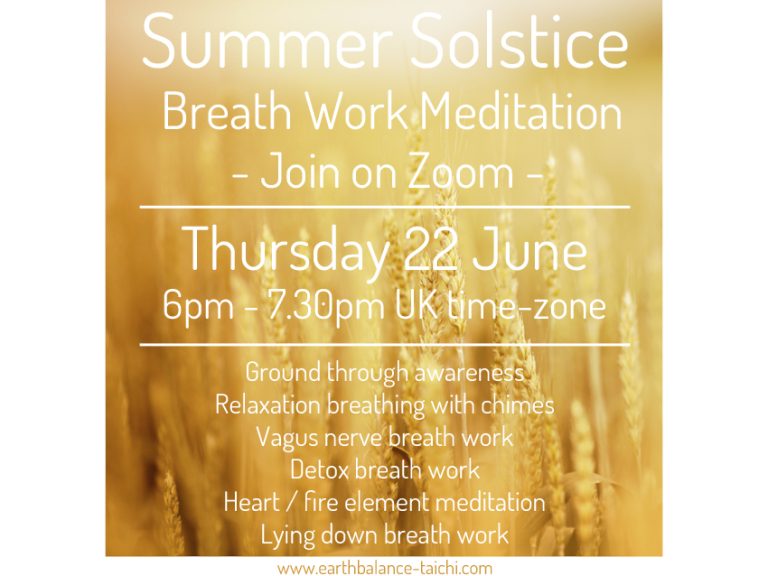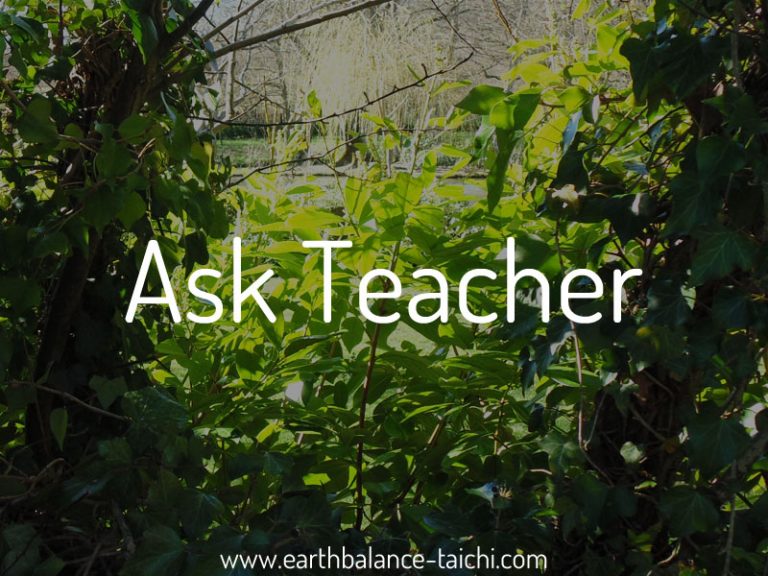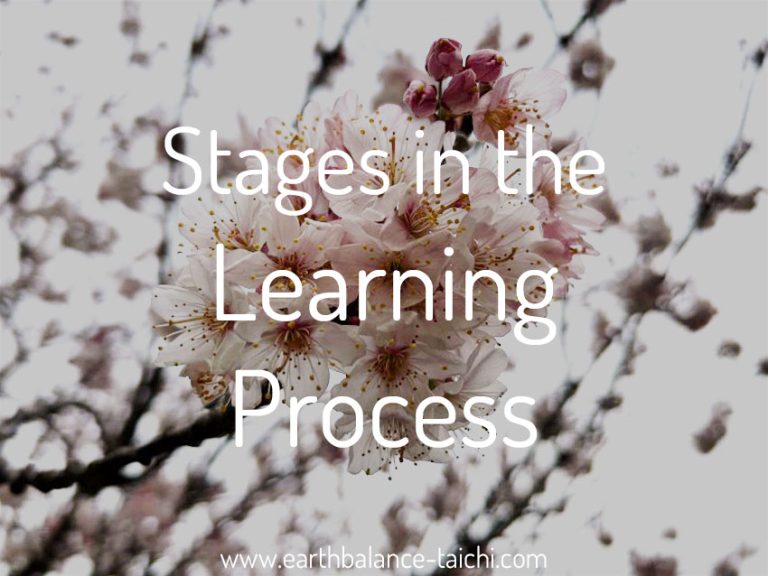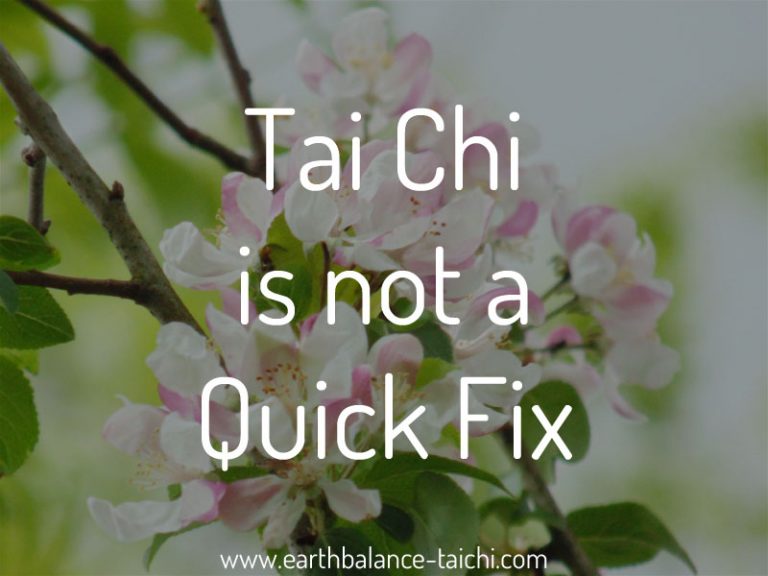The Art of Pacing
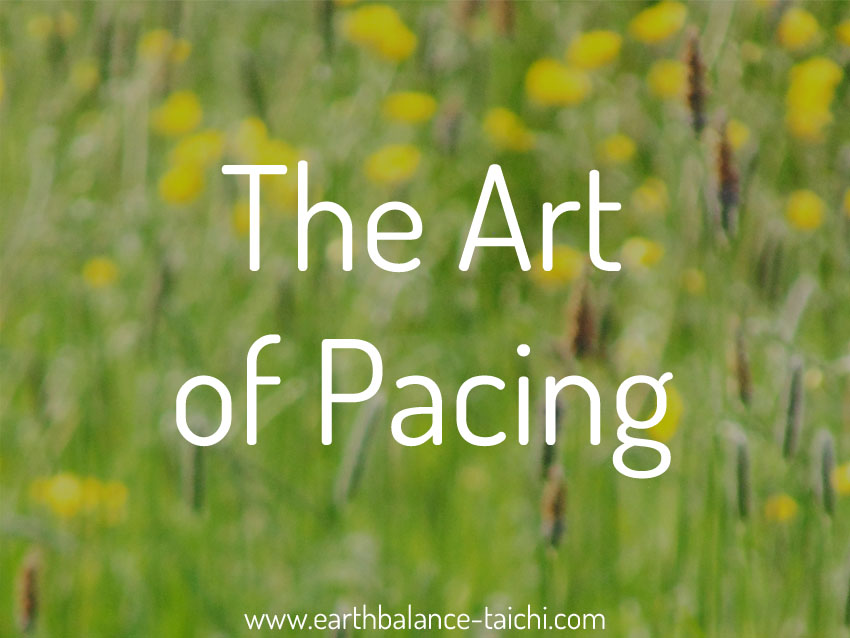
The Art of Pacing
What does pacing mean and how can it benefit you as a life philosophy? Pacing is generally the opposite of how we have been conditioned and brought up. We live in an ever increasing fast paced and demanding world. It's no wonder stress is one of the most silent and untreated killers.
What is pacing?
It is the art of baseline training: listening to your body, being aware of physical or mental tension, not working / training / pushing passed your baseline, developing body awareness and body sensitivity, listening to and acknowledging pain, checking in with yourself regularly, taking time to pause, taking rest and rejuvenation as a necessity, observing how you are feeling, paying attention to your emotions, knowing your boundaries, allowing for ebb and flow, and being graceful in how you respond.
What is not pacing?
Crashing into your baseline with the boom and bust cycle. 'Boom' is when you go for it, you overdo it, you push through, or you do too much of one or many things. 'Bust' is when you crash from the high of the boom, think what goes up must come down. You run out of energy, you hit the fatigue wall, you feel like you cannot do anything, you have to cancel or reschedule work, plans, commitments and need to rest or lie down. This cycle can be daily e.g. high one day and low the next. Or it can run over many days or many months.
What does a lack of pacing feel like?
- Tiredness, fatigue, exhaustion.
- A heavy feeling in the body.
- Absence of clarity and clear thought e.g. mental fog.
- Feeling drained, lethargic and overwhelmed.
- Feeling sensitive and emotional.
- Feeling easily irritated and more reactive to people and situations
- Experiencing an increase in negative emotions.
- Bouts of insomnia, interrupted or excessive sleep.
- Potential comfort or over eating, or the opposite a loss of appetite.
- Constantly living in the stress response with adrenalin spikes, from feeling like you are not doing enough, or doing too much.
- A lack of balance.
- Shallow, chest or erratic breathing.
- An increase in chronic and acute physical pain.
- Cannot move or think.
- Reaching for easy stress relief through self medication: alcohol, medication, drugs.
Day two or three after a period of boom, you may feel worse. Then when you start to feel better, you spring back into the 'boom' part of the cycle as you need to get all of the things done you have been putting off. Or you start to feel guilty from being incapacitated for the bust part of the cycle, and go into overdrive to get things done once again. That kickstarts the cycle again. Many live in this cycle without knowing it. Many live in this cycle knowing they boom and bust without being able to change it. It's not a healthy state to live in and is counter-productive to a good life balance!
What can you do to help?
- Know your baseline. Learn your own physical, mental and emotional boundaries. What triggers your boom and bust cycle? What stressors do you have in your life? What can you do about your stressors? This is where becoming an observer of your mind and body is a key skill to pacing. Rather than get carried along by everything your are experiencing, learn to pause, to observe and reflect before taking action. Consider if you can actually carry out what you have planned.
- Consider the spoon theory when living with chronic health conditions. A person living with chronic or degenerative health has a finite number of spoons to use per day. They may wake up only with enough resources/energy to to have a shower and make breakfast. A 'spoonie' may not be able to go passed their boundary, and if they do the consequences can be far reaching. Unlike an average healthy person who has a fairly unlimited number of spoons (resources/energy) per day, who if they go passed their boundary, they have an early night and are able to reset. Being considerate of your spoons = pacing.
- Avoid doing too little e.g. if you live with chronic pain that is exasperated by a lack of movement, then you must move and exercise every day whether you are in pain, in a bad flare, or having a good day. Doing too little promotes the boom and bust cycle.
- Little and often is the key. When you consider tasks and chores like washing up, cleaning, hoovering, making beds etc. Break these down into smaller tasks. This could be replacing the pillow covers only on the bed. Unloading half the dishwasher one day, half the next. Washing your body not your hair. Hoovering one room, not the whole house at once. Bite sized tasks is the key. You could complete one smaller task per day, rather than doing the cleaning all in one day which puts you back 2 or 3 days in fatigue and pain. This can also be applied to leisure walks and exercise. Forget the 1 hour duration that most people have in their minds. Try 5 minutes of walking per day and build it up slowly. Try 10 minutes of exercise and half and hour of rest straight after. Be flexible in how you approach tasks and activities. Learn what you are capable of, without over taxing yourself. And leave room for the unexpected!
- Is the activity or task worth it? Life is not a straight line. There are times and occasions where you need to use more resources/energy than you have on a daily basis. This could be a big social occasion like a wedding or during a busy time at work where you need to work longer hours under the stress of a deadline. Can you justify the busy phase of the cycle when considering the importance of a task or activity? At times yes, at times no. Efficient diary planning is key. Plan your down time around events that you know will push you passed your limits. Plan to have a lighter week or so in advance of the event and plan a lighter diary after the event/busy period. Part of pacing and baseline training is to give yourself permission to break the rules once in a while, as long as it does not cause you to spiral.
- Spend time building resilience. Find something you love that nourishes your physical, emotional and spiritual health, happiness and longevity.
- Self compassion goes a long way. Foster ways to help discover, accept and love yourself. The art of pacing is an act of self compassion.
What to expect when pacing?
A feeling of slow or little progress. It takes time to build up a balanced life, when you have been in the boom and bust cycle. It can often feel like no progress is being made, whilst you learn to adapt to your baseline. It may feel uncomfortable to break old habits, especially if boom and bust has been your pattern for years and years. You may slip back into boom and bust as that may feel comfortable and familiar to you right now. Push yourself into the unknown and pace yourself. You may not know what it feels like to work, rest and play when not full of adrenaline and continually in the stress response. Self observation and reflection is key to learning about your mind and body. You may experience more chronic or acute pain, especially when performing exercise or movements daily, throughout your pain experience. You can learn over time what is good and bad pain in the body when exercising, this article looks at pain as a diagnostic. You may initially experience more fatigue as you enter the unknown state of 'balance' or 'neutral'. The mind and body may resist and create all sorts of barriers to you continuing this new pattern. Depending on your learning style, create visual, auditory or kinaesthetic memory hooks to remind you of your new mission = pacing and learning about your baseline.
How does this relate to Tai Chi and Qigong?
In Tai Chi and Qigong training, we work to the 70-80% rule. We do not over-training our bodies. We develop body sensitivity and the ability to know when we are near our own physical boundaries. Our movements do not exploit the alignment of our physical bodies, nor push our bodies to their limit. The essence of our practices support pacing and baseline training. This is not the gym mentality of working 110%, pushing to fail or exhaustion. This is a much more gentle approach that gives us the flexibility to ebb and flow through life. This means you can train something everyday, whether 5 minutes or 90 minutes. When you wake up, observe your baseline and how you feel. When you train, observe your baseline and how your mind and body are responding. Avoid doing too little and avoid doing too much. What is the sweet spot? You want to progress, but you don't want to put yourself back with an injury or the bust phase of the cycle. Slowly does it. If you have not exercised in a long time, and start a new training programme, start with a short duration. Build this up daily slowly over time to longer or more intense sessions. Warm the body up slowly through sophisticated movements like Tai Chi, Qigong or any of the mind body movement practices. Again lose the notion that you must attend or train for 1 hour and avoid training to failure. Apply the 70-80% rule and never reach burn out. There is longevity in this approach. This is a neutral position, where there is space and 'give' remaining in any direction.


